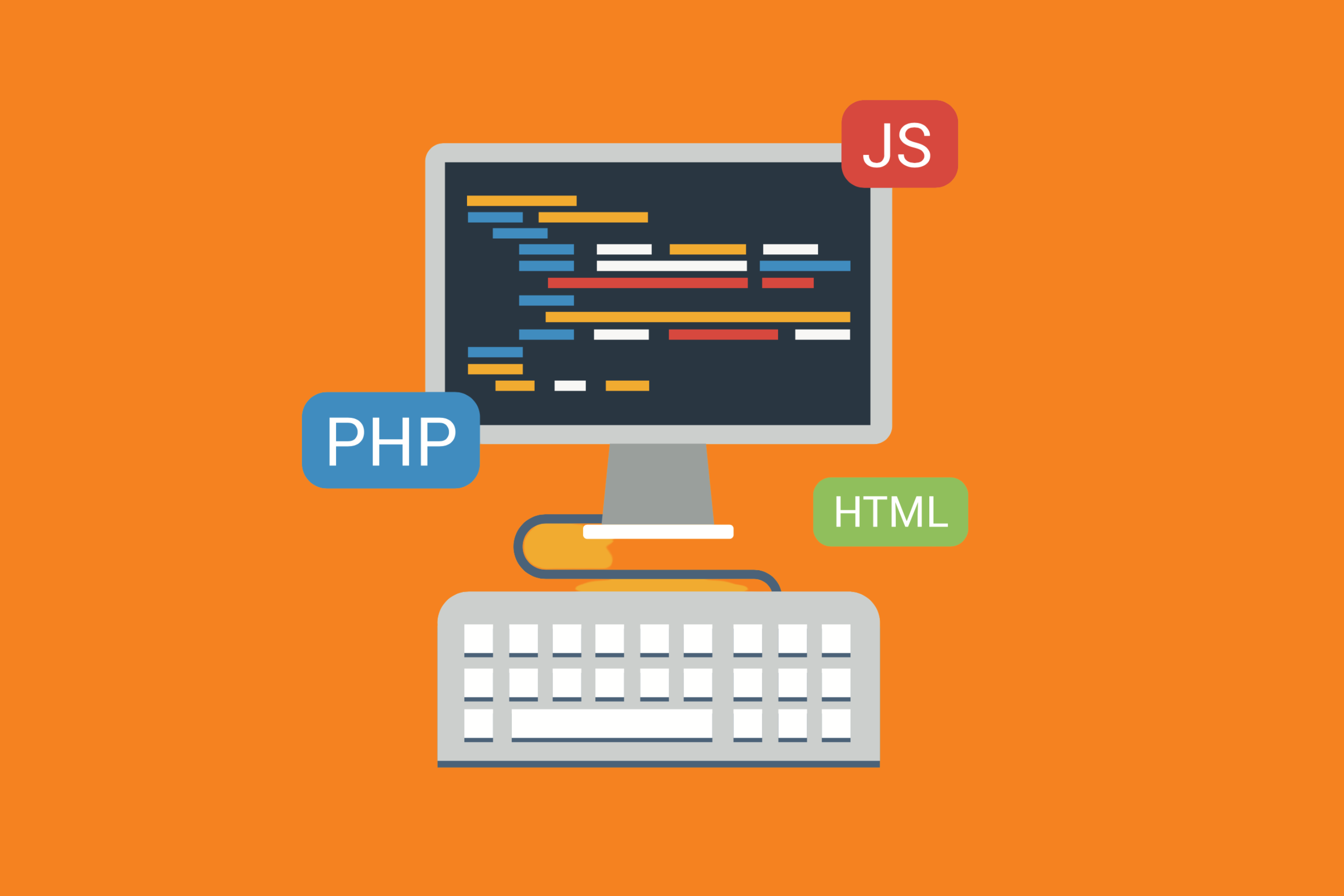Project managers spend a lot of their valuable time managing people to ensure tasks and milestones go to plan. However, they can make their jobs easier by integrating data into their management approach. Using analytics can improve outcomes and assist in tweaking aspects to improve overall efficiencies from project to project.
Using BI (business intelligence) tools can gather high-level information from various sources that will give a manager more insights into ongoing processes and their actual level of efficiency. If you’re still on the fence about integrating BI and need to understand how it can help you perform better as a manager, take a look at some ways they can be an extremely powerful tool to leverage.
Did You Know Data Can Unlock Actionable Insights?
There are a number of business intelligence tools and features that can be integrated into project management. With these added solutions, project managers can:
- Import various types of data into one place with the click of a button (to organize and analyze data into meaningful insights)
- Work in “What-If” scenarios to help resource plan and manage on the fly
- Model and forecast more accurately and effectively
- See information in real-time (often via easy to access dashboards)
- Create role-based access to share information with specific individuals to help increase transparency or to assist in a better understanding of how friction in processes can be reduced or how resources can be allocated more efficiently
- Make visualizations of the data in the form of charts or graphics for easier reporting to stakeholders
- Drill down on details to further understand sometimes complex information
Before choosing a Business Intelligence (BI) tool, project managers need to understand what aspects of a project they want more visibility of and ensure that those capabilities are possible in the desired solution. Options should also be interoperable with other systems so that information silos do not develop, causing essential data to be left behind.
After choosing the BI tool, it is important to ensure that is it easily integrated with your Jira instance. You can choose one of the convenient BI Connectors for this.
How Data Can Be Useful to Project Managers
Data can be used by project managers in a variety of ways, including:
Allocating and Scheduling Resources in Projects
Project managers can struggle with resource management sometimes – as resources are often scarce. That makes it difficult to plan appropriately – especially when multiple projects are jockeying for attention. That’s where data comes in. It can help you drive effective decision-making by having availability and allocation completely visible. Data can also help you match skills so you can link the best person to the best-matched task or role. Most importantly, you won’t have to guess who is scheduled or which team member is covering what part of a project. People management in terms of time and task allocation will be easier to understand simply because you’ll be able to see it – usually in one visual dashboard. This way, team members won’t be under or over-utilized and work can be more evenly spread, which will help ensure deadlines don’t slip.
Data is also significant from a post-mortem standpoint. Once your project is done, you can use raw information to measure KPIs such as on-time completion rates or resource conflicts to better plan for the next project, helping you refine processes or resources more efficiently going forward.
Increasing Project Efficiencies
Business Intelligence can help managers uncover workflows that aren’t working well. By following the data, you’ll see bottlenecks, process inefficiencies, and communication breakdowns that begin to slow down the flow of tasks, sprints, and milestones. With data, you’ll be able to adjust on the fly (or following a post-mortem) to improve overall efficiency and make smarter decisions about what to do when speedbumps arise. Data can reveal important KPIs such as human error ratios, planned vs. actual time to completion, change requests, and more.
Analytics can help you monitor for:
- Early warning signs in terms of budget oversight
- Timeline discrepancies
- Ballooning costs
- Capturing rates of work
- Where you are in a project cycle – and what’s left to do
With analytics, project managers can improve their resource allocation beyond just staff allocation and better forecast the revenue and costs related to projects, thereby improving efficiencies down the line.
Managing Project Risks
Risks can come in many forms – including internal and external. Each risk factor also has varying amounts of danger associated with it. Some risks are low. Others are very high and could upend a whole project. While most companies are forced to take on a reactionary mode (handling risks only once they become visible), using BI tools and data can help reveal hazards well before they cut into the bottom line.
Data can provide you, as a project manager, with insights and actionable information that can help isolate risks to help you rethink approaches to help you become proactive in managing them. For example, it might highlight where you might have a potential staffing shortage or how razor-thin your margins are in terms of budget (especially if something were to go wrong in key areas). By seeing the holes well in advance, you’ll be in more of a position to pre-emptively fix them, or to have contingency plans in place “just in case”.
Increasing the Quality of Project Deliverables
Quality is the ultimate measure of any project’s success, and analytics can help you, as a project manager, plan, review, and monitor quality across various KPIs within your project’s timeline.
Nurturing Strategic Project Management Decisions
Projects that don’t deal with direct data or KPIs often rely more on feelings than facts. With nothing else to go on, project managers often have to “feel” their way through a project, attempting to pilot on instinct while consistently bumping up against unseen hazards. By focusing on data, decisions can instead lean on facts that reveal all kinds of information about how a project is being run and how it can be improved with tweaks at certain strategic phases. It also gives the project manager something tangible to take to their stakeholders. With data, they can more easily back up their recommendations and show physical evidence of what is (or isn’t working) to initiate change at a project, department, or company-wide level.
Conclusion
Data puts the power in the hands of project managers. With the ability to track and pull relevant details about how a project is organized and unfolding, they are in a better position to change tactics and advise on effective ways to tweak projects to get the best possible results (with the highest level of quality) again and again.
Integrate Git with Jira using Bitband. We have a variety of great highly-rated plugins for Bitbucket, GitHub, Gitlab (and more) available now on the Atlassian marketplace.
Want more Bitband insights? Check out:






